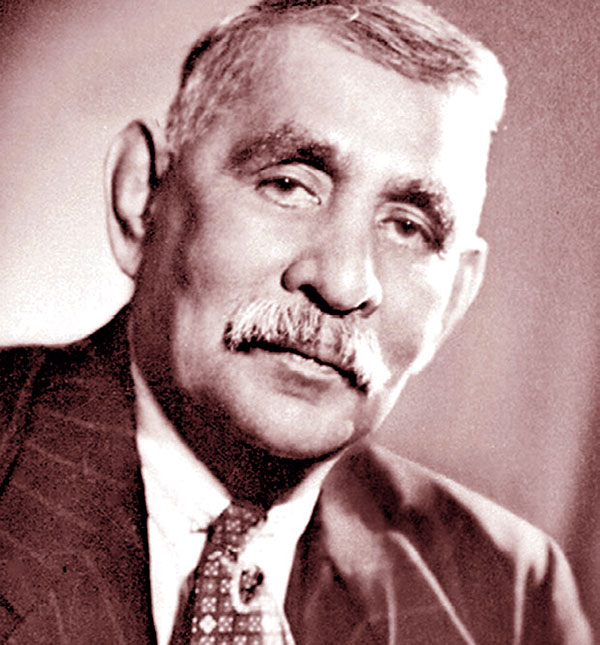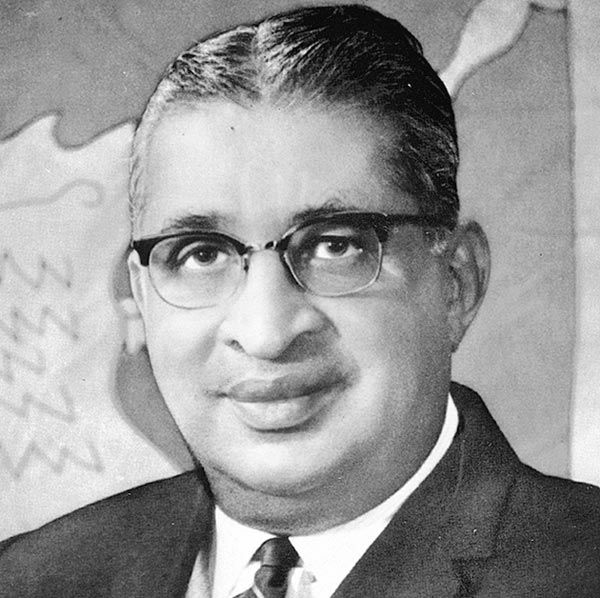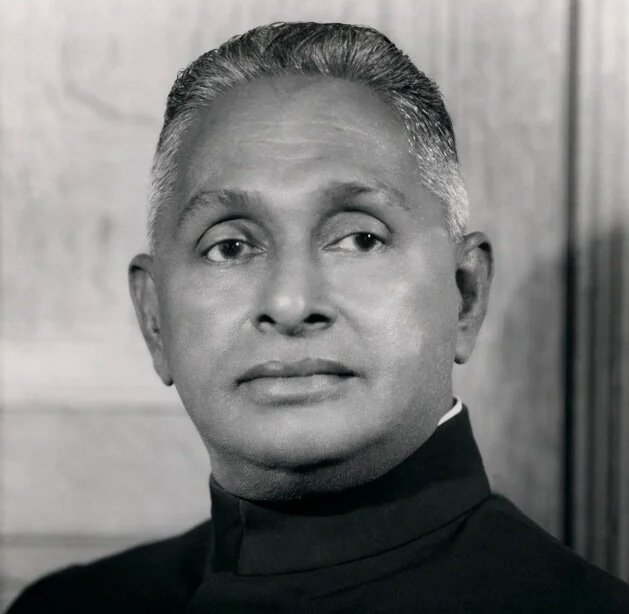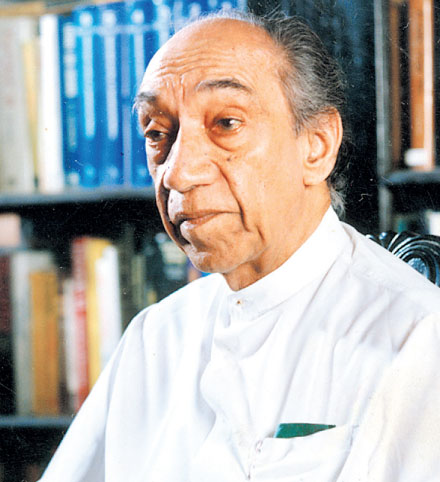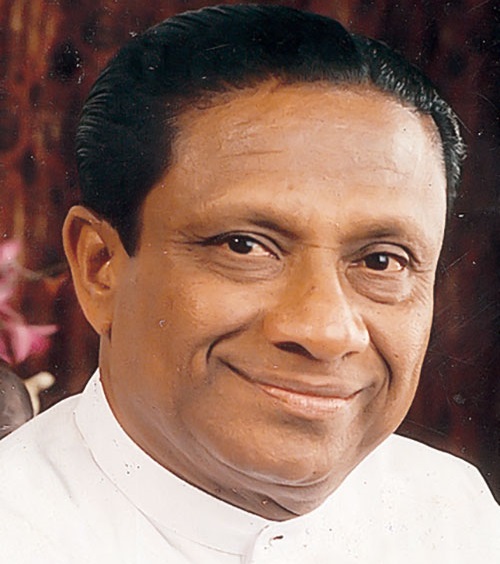D. S. Senanayake, the founder of the party
Don Stephen Senanayake, known also as the ‘Father of the Nation’, is a respected personality in the country and was the founder of the United National Party. He was the first Prime Minister of Independent Ceylon in 1948 when the nation was granted self-rule as the Dominion of Ceylon. He held office till his demise. Before his premiership, he was elected to the Legislative Council of Ceylon and later served as the Minister of Agriculture and Lands. He embarked on the ‘Land Development Ordinance’ that helped in the cultivation of barren lands by putting forth various irrigation schemes. Further, he strived to innovate the field of agriculture and focused on developing cooperatives. In addition, he was the driving force behind the leading hydropower and irrigation projects such as ‘Gal Oya’, ‘Inginiyagala’ and ‘Udawalawe’ programs.

